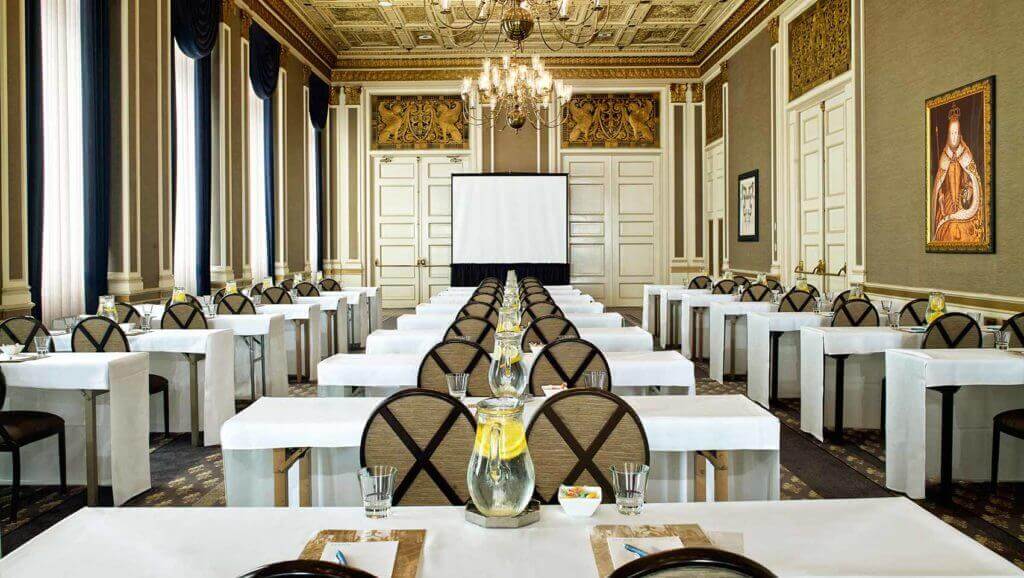
As the year ramps up and event size continues to grow, planners and organizers are looking at how to reintroduce larger events to the industry successfully.
NB: This is an article from Knowland
Though it might take a year or two until things become “normal” again, event planners are strategizing ways to attract and grow business. Here are five event trends to watch as they evolve in 2022 with focus on attendee experience and engagement:
Subscribe to our weekly newsletter and stay up to date
Smaller events might be the answer for now
According to American Express, 67% of respondents believe in-person meeting levels will return to their pre-pandemic numbers within one to two years. But, going forward many believe that trade shows will return smaller and more focused than in previous years. Brendan Brown, VP at George P. Johnson Experience Marketing, said “Downsized trade shows will come in many forms—some will turn toward creating more exclusive, tiered offerings, while others will take their shows on the road for increasingly distributed and localized versions and communities.”
Experimentation with new ideas to set yourself apart
Over the last 18 months organizers, producers and experience designers have had to adapt and overcome all sorts of new conditions. As tradeshows and larger events make a comeback, finding an ideal fit within this new landscape will require the industry to experiment with new ideas. Liz Irving, VP at Clarion Events mentioned, “My biggest hope is that we continue to see the industry grow and evolve through innovation—both in terms of how we create our live experiences but also how technology can play a really pivotal role for our exhibitors, our attendees and us as organizers.”
Using Augmented Reality for an immersive experience
A new way event planners are looking to engage their guests entirely is by using enhanced content, also referred to as augmented reality (AR). This type of tech uses a digital device to overlay visual, audio, and other sensory information on top of the attendee’s typical experience. This offers attendees a more interactive learning environment and a touch-free experience. There’s also an extended reality (XR) that immerses guests in their experience. XR allows people to feel like they’re in an ultra-realistic setting despite the fact they’re in an event space or maybe hundreds of miles away.
Leveraging technology to overcome staffing shortages
Going into 2022, it will be essential to find ways to improve productivity on both the show floor and the hotel property level by leveraging technology to increase the effectiveness of smaller sales teams. Smaller teams need to do more with less by harnessing technology that can help them prioritize sales activities, optimize selling time, and focus efforts on accounts with the highest probability to buy.
For hoteliers, using AI-powered event data allows them to gain insights to be more productive and convert leads into greater revenue by focusing on opportunities booking in their market, events that fit their hotel profile, and accounts that have the highest revenue potential.
Increasing demand for sustainable events
Across the globe, we’ve seen industries choosing to commit to more sustainable business practices, such as offering eco-friendly events. This could be working with plastic-free vendors, offering greener food & beverage options, and choosing an eco-friendly venue. The UFI, The Global Association of Exhibition Industry, said, “working jointly as an industry, we have formulated an industry-wide pledge to deliver “net-zero carbon events” by 2050 at the latest. We are working with the UN on this action, and we presented this pledge and the work ahead of COP26 in Glasgow.”
Sustainable solutions not only apply to large events but small local events and meetings too. Guests and meeting planners want to feel like they are meeting in a responsible way.
Conclusion
Hopefully these trends help show where large event trends are going and set you up for success.




